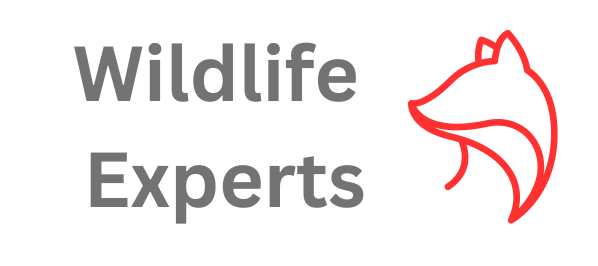Bats of most species typically eat insects. One of the most common bats, the little brown bat (Myotis licifugus) is known to consume one third of its body weight in as little as 30 minutes.
Insectivore bats, or those that feed on insects, provide important pest control. Some of their most desired food sources are insects that are harmful to humans. These insects include mosquitoes and agricultural pests. Since bats are beneficial, it is important to treat them with respect and to promote their activity–away from your house. Bats will feed on moths, beetles, winged ants, mayflies and any other relatively slow-flying insect.
Some bats such as the big brown bat will feed to repletion in an hour. They will fly or rest for the remainder of the night. The bats usually return to their roost about dawn.
Fruit bats prefer to feed on ripe fruit, and they help spread seeds of fruit. Vampire bats feed on blood, although they do not siphon blood through fangs as the mythology implies. Vampire bats, usually only found as far north as northern Mexico, create an incision on the skin of animals, commonly livestock. The bat then laps up the blood of the victim. Unless there is huge population of bats on one animal, the host is usually not harmed by the wound.
Many solitary bats are not normally found in structures. These bats might be found in treetops during the day or in unoccupied manmade structures such as barns.
In general, bats are beneficial in that most of them feed on insects. The insect population would be much larger if we did not have bats.
One concern at this time is that there is a disease which causes hibernating bats to become active before the food sources are available. When the bats emerge from hibernation and search for insects, they burn valuable energy searching for insects to no avail. They then starve. Researchers are studying this disease that is related to a fungus and is now called White-Nosed Syndrome.
